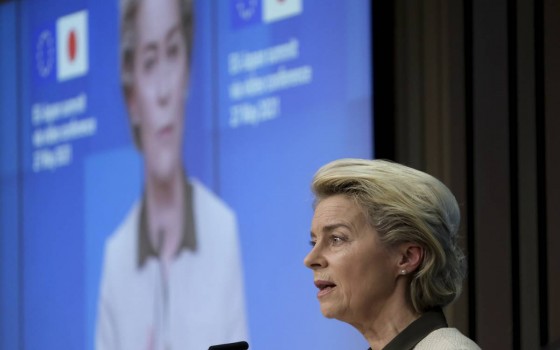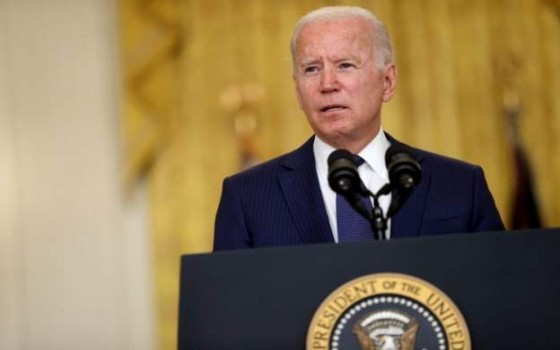
Moscow: The "Power of Siberia 2" pipeline to transport gas to China will "replace" Nord Stream 2

- Europe and Arabs
- Friday , 16 September 2022 8:23 AM GMT
AFP
Moscow announced that the "Power of Siberia 2" pipeline, which Beijing has been discussing for several years to build in order to supply China with Russian gas, will "replace" the Nord Stream 2 pipeline, which was built to transport Russian gas to Europe but was abandoned following the invasion of Ukraine.
In an interview with Rossiya-1 TV, Russian Energy Minister Alexander Novak was asked whether Russia was in the process of switching its energy export strategy from the European Nord Stream 2 pipeline to the Asian Power of Siberia 2, and he replied, "Yes."
And Novak had confirmed earlier Thursday, on the sidelines of a visit to Uzbekistan, that Moscow and Beijing will soon sign agreements under which China will import from Russia "50 billion cubic meters of gas" annually through the "Power of Siberia 2" pipeline, whose construction will begin in 2024.
This amount of Russian gas is approximately equivalent to the maximum capacity of the "Nord Stream 1" pipeline, which is 55 billion cubic meters annually.
This strategic line linking Russia with Germany, which has been inactive since September 2, through which a third of Russian gas shipments to the European Union pass.
The Power of Siberia 2 pipeline is scheduled to transport Russian gas to China, partly via Mongolia.
Thus, the Russian energy strategy has adopted this project as an alternative to Nord Stream-2, the project that Germany has long supported despite strong American objections, but it did not enter service in the end, as the Westerners agreed to bury it after the start of the Russian invasion of Ukraine at the end of February.
On the other hand, Novak announced Thursday that Russian gas exports to the European Union will "reduce by 50 billion cubic meters" in 2022.
In return for this reduction, the Russian state company Gazprom, which operates the “Power of Siberia 1” pipeline, which since the end of 2019 has been transporting gas from the Russian Chanandina (Yakutia) field to northeastern China, will “increase its shipments” to reach “20 billion cubic meters of gas” annually. , according to the Russian minister added.
He explained that this significant increase in the ability to export to China will take place after the connection in early 2023 of the Kovitka field near Lake Baikal with the "Power of Siberia 1" pipeline.
In 2025, when this important pipeline will reach its full capacity, it will be able to transport 61 billion cubic meters annually, more than Nord Stream 1, of which 38 billion cubic meters will be imported by China under a major contract concluded in 2014 between Gazprom and its Chinese counterpart, CNBC. ".
It also signed agreements with Beijing to build a new transit route from Vladivostok in the Russian Far East to northern China, that is, "10 billion cubic meters of additional gas annually," according to what the Russian minister announced on Thursday.












No Comments Found